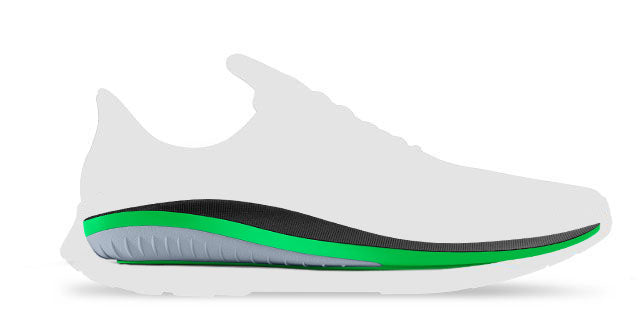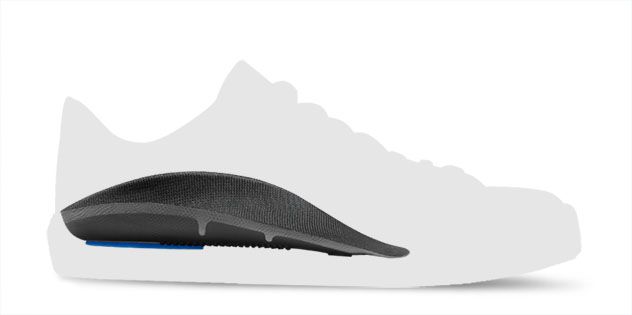Designed for casual or slip-on shoes with a removable insole.
Shoe Insole Replacement
If you aren't familiar with why some people purchase after-market shoe inserts, how to use them, or when to replace them, read more below to see if replacement shoe insoles might work well for you.
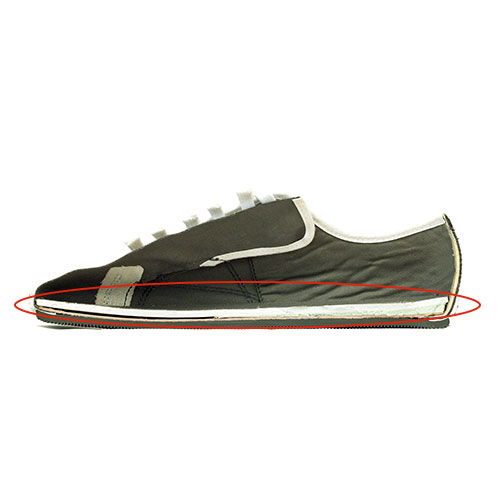



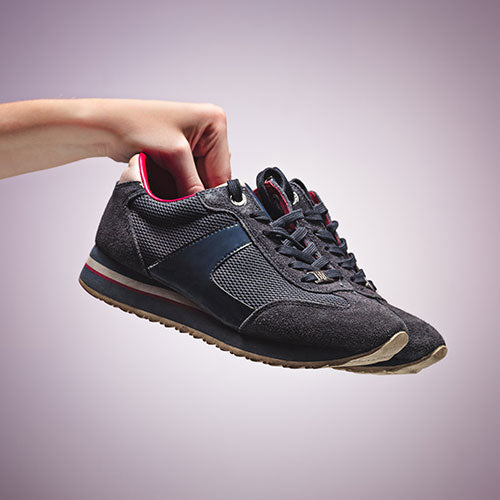
How to know when to replace shoe insoles
Shoe insoles wear out because they compress from the heat and pressure of wear. If the insoles that are in your shoes are flat and have arch support to begin with, you may want to replace them immediately after purchasing your shoes. If you have added your own insoles, it is important to periodically check them to see if they have compressed or changed shape. Additionally, if you begin to have pain or discomfort return after a period of relief, it may be time for new insoles.
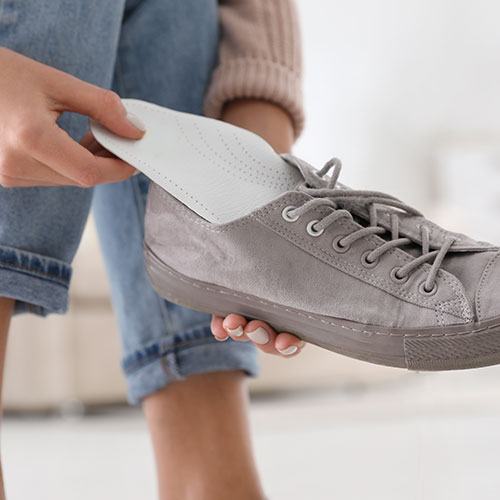
How do you replace a shoe insole?
Most athletic and casual shoes have factory insoles that are lightly secured and can be removed with a gentle tug. Other shoes will have cemented in insoles that cannot be replaced but will need an additiional insole made to sit on top of factory insoles. These are typically a partial length and thinner so that they don't add too much height. They can just be slipped in the shoe. The Protalus T-75 model would work well in this situation.
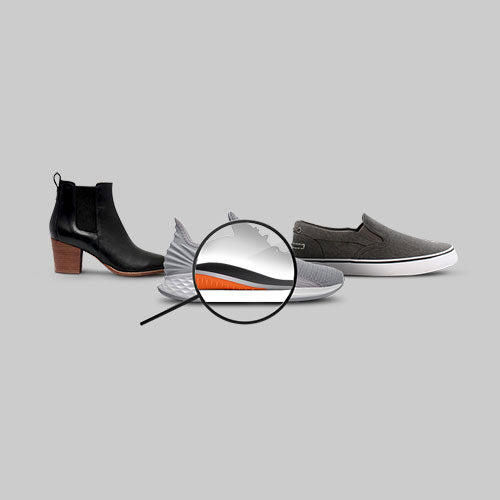
How to choose the best replacement insole
Replacement insoles should fit the shoe well, not add too much height in the shoe, and have adequate arch support, body alignment technology, and shock absorption. If you are unsure which insole to use, you can find out by answering a few easy questions on the Insole Finder.

Our Guarantee
We back our product with a 90-day insole guarantee, hassle-free shipping, and best-in-class customer service.
